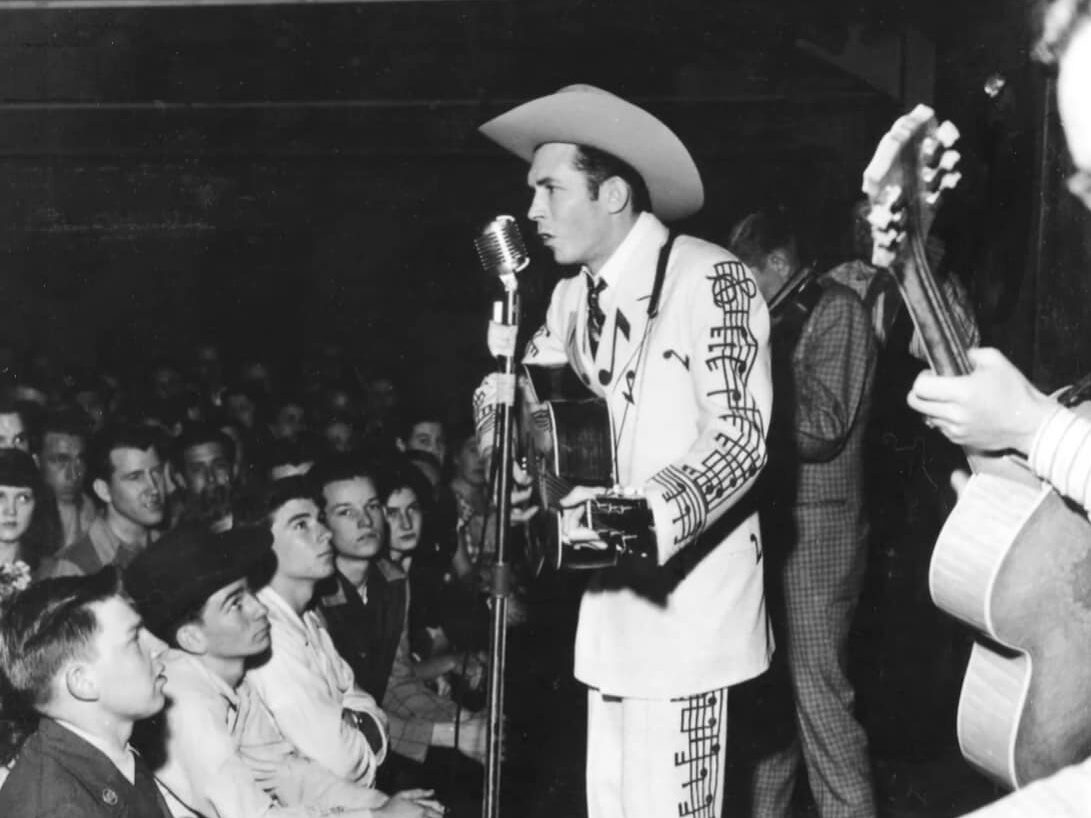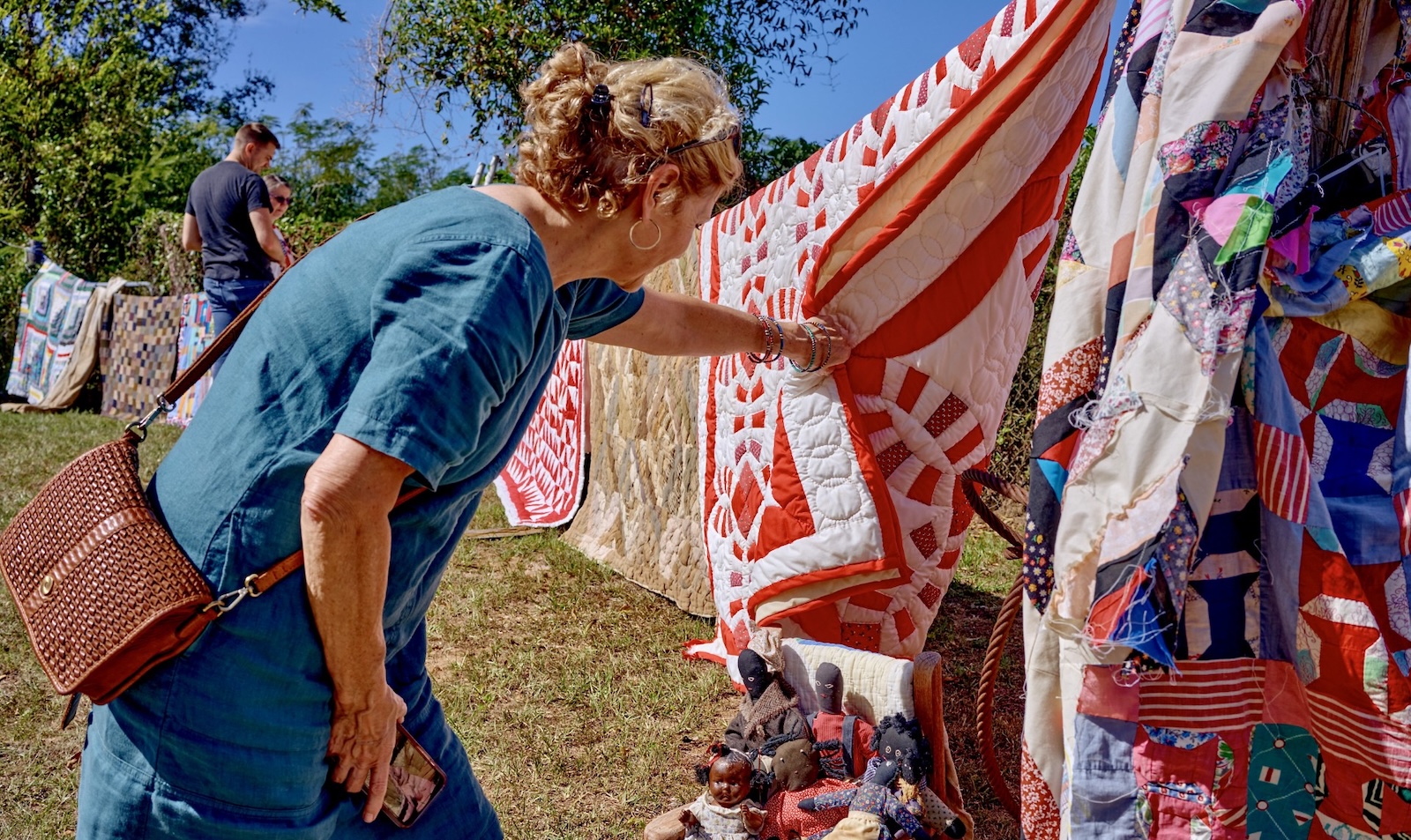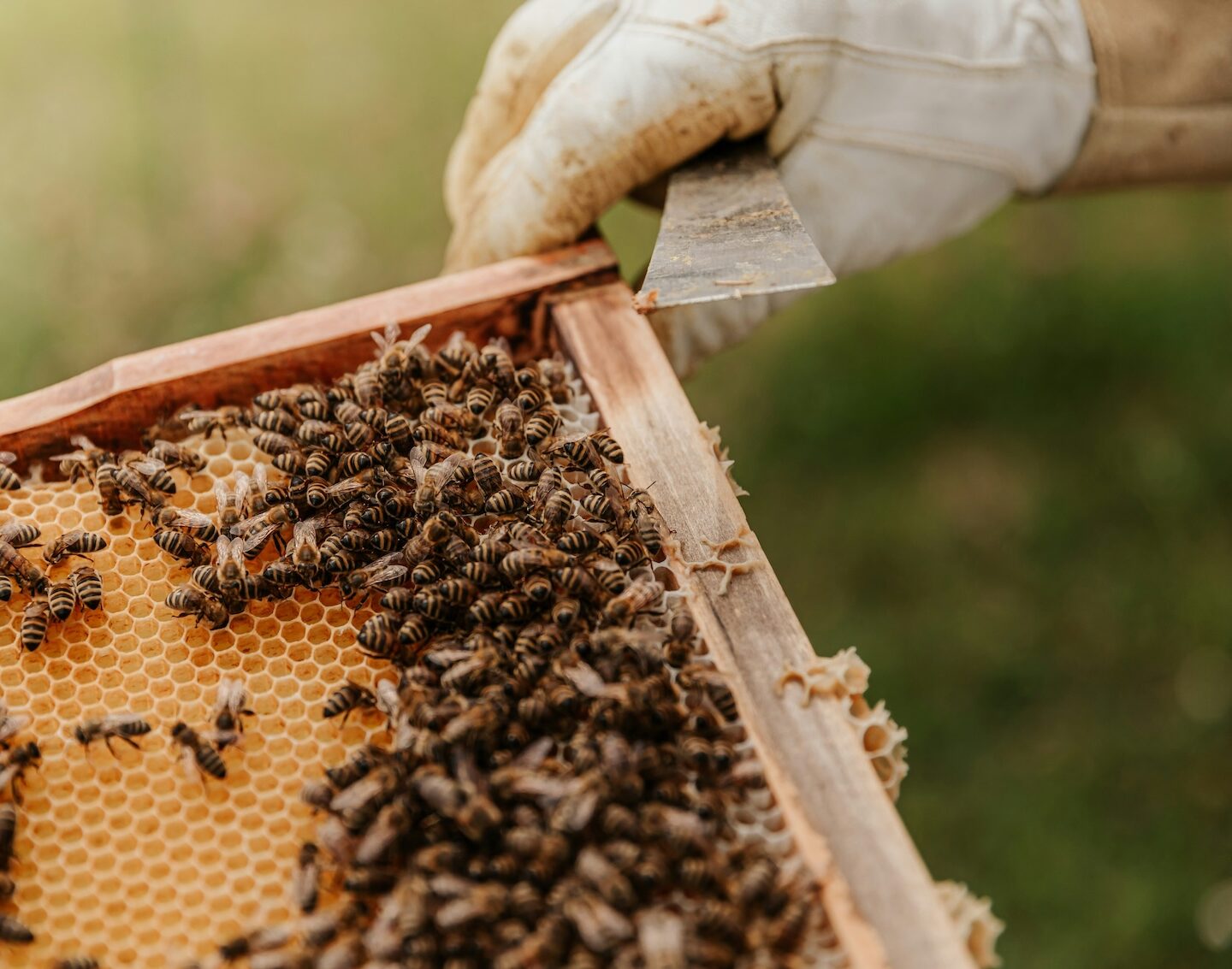Few people in the South would offer a questioning look when asked if they knew of local music legend Hank Williams. Impressively, his music and legacy have lasted throughout the ages and are still known to younger generations of Southerners today. But, where did it all begin and how is he connected to Lake Martin?
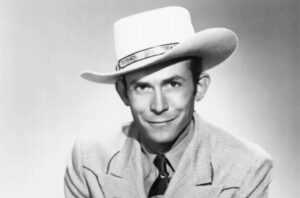
(Robert’s Western World/Facebook)
The Early Years
According to the Encyclopedia of Alabama, Hank Williams was born Hiram Williams just over 100 years ago on the 17th of September in 1923 in Butler County, Alabama. Hank’s early years were spent in Butler County in both Greenville and Georgiana.
We can potentially attribute Hank’s early fascination with music to the fact that he spent the majority of his childhood being raised solely by his mother who made a living playing the organ in church. Leaning on his mother’s expertise, he began to learn the instrument while also taking a liking to the harmonica. It was at the ripe age of eight that he ventured out and started playing guitar.
He found early inspiration in artists that were popular in the South at the time and took a particular interest in singer Jimmie Rodgers. Rodgers served as a distinct inspiration, releasing music that combined different elements—blues and yodeling—to create a unique sound. However, perhaps his most notable influence was found in singer Rufus “Tee Tot” Payne, “who helped Williams hone his guitar-playing skills and, more importantly, develop the blues phrasing and blues rhythms that he would later use in his own singing style.”
Making a Name
The late 1930s brought a pivotal change to the Williams family. He and his mother Lillie moved to the state’s capital city of Montgomery. Lillie took up work running a boarding house while Hank collected change selling peanuts and shining shoes. It was in the early 1940s that his true career began when he started to sing on the local WSFA radio station.
Hank’s first official band was named The Drifing Cowboys and consisted of himself and a handful of other local musicians. Though it was through this early experience that he was able to establish his specific singing style, “a full-throated style similar to that of Grand Ole Opry star Roy Acuff,” the excitement was short-lived. The war would send Hank to Portland, Oregon and ultimately Mobile to work.
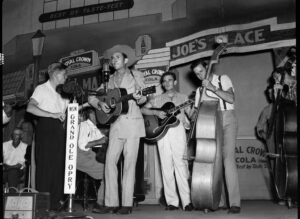
(Tom Lockard/Facebook)
Shooting For the Stars
After the war ended, Hank made his way back to Montgomery to pick up exactly where he had left off—determined to become a success in the music industry. Hank’s new band could be found at events and dances around town as well as local bars known as honky-tonks. The performances, “helped to form Williams’s percussive, rhythmic musical style, ultimately a combination of Payne’s teaching and the influence of one of honky-tonk music’s pioneers, Ernest Tubb.”
Honky-tonk played a pivotal role in Hank’s career as the early success of his record “Honky Tonkin” led to his first record deal with MGM which was secured in the late 40s. His breakthrough moment would come a little bit later after playing on the radio show Louisiana Hayride. It was Louisiana Hayride that broadcasted Hank’s sound to the nation. Soon after this startling success, Hank released “Lovesick Blues.” The rest is history.
“The record became a national hit, topping Billboard magazine’s country chart for 16 weeks. ‘Lovesick Blues’ and its follow-up, ‘Wedding Bells,’ landed Williams an appearance on country music’s premier radio show, the Grand Ole Opry, in June 1949.”
The Reality of the Rise
While Hank garnered an impressive level of success and a dedicated fanbase, he struggled internally and interpersonally. Through his many struggles, he was able to make music that resonated with those in similar situations. He was known widely for his songs about heartbreak and loss which, paired with catchy rhythms, were favorites of many.
“Combining Jimmie Rodgers’s penchant for pastoralism with his own remarkable ability to explore the depths of human emotions using simple language, Williams could convey both a lust for life (‘Settin’ the Woods on Fire,’ ‘Baby, We’re Really in Love’) and a sense of utter despair (‘Cold, Cold Heart,’ ‘May You Never Be Alone’) with equal conviction.”
By the early 50s, Hank Williams was a certified superstar. He had an impressive 24 records top 10 records and six number-one hits.
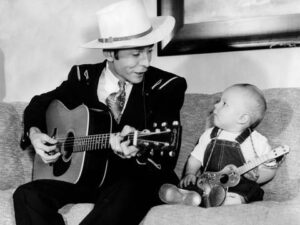
(Hank Williams – Country Legend/Facebook)
The Story of Kaw-Liga
According to Lake Martin Tallapoosa County Tourism, the story of Hank’s record “Kaw-liga” started with a request from his mother. She is said to have called one of Hank’s friends Bob McKinney asking for him to take Hank to enjoy some time away from performing. Bob quickly thought to invite Hank to Lake Martin to stay with him, but he had already agreed to let someone rent the cabin.
He asked the help of Darwin Dobbs, a good friend, to let the two of them stay in his cabin for some time. He agreed, and the two made their way to Lake Martin for a getaway. They are said to have spent time in the nearby woods, sitting and looking out over the lake at sunset, and chatting. During one of their chats, the legend of Kowaliga, recited to McKinney over the years by locals in the area, was brought into the conversation.
Hank was fascinated. His newfound interest paired with the strong lonesome feeling he had inside meant a new song was sure to be on the horizon. The song began as a simple beat made by Hank on the car’s dashboard during the night’s errands, and before long, Hank had created a new melody.
The pair got back to the cabin and Hank grabbed his guitar to play what would be the first version of a song to be called “Kaw-Liga.” When Hank met with Fred Rose, his manager, later that year, the song was still fresh in his mind.
“As Hank laid out his version of his song of Kaw-liga, Rose suggested changing the lyrics to make Kaw-Liga a wooden Indian. Hank took a liking to this change, and the rest is history.”
A Lasting Legacy
Despite his wild journey through fame and regardless of which stories prove true, Hank Williams will always be regarded by thousands of fans as an artist all his own who represented a distinct time in history that cannot be replicated. In many ways, he represented the dichotomy of the time, holding on to promise and vision while battling the complexities of life.
